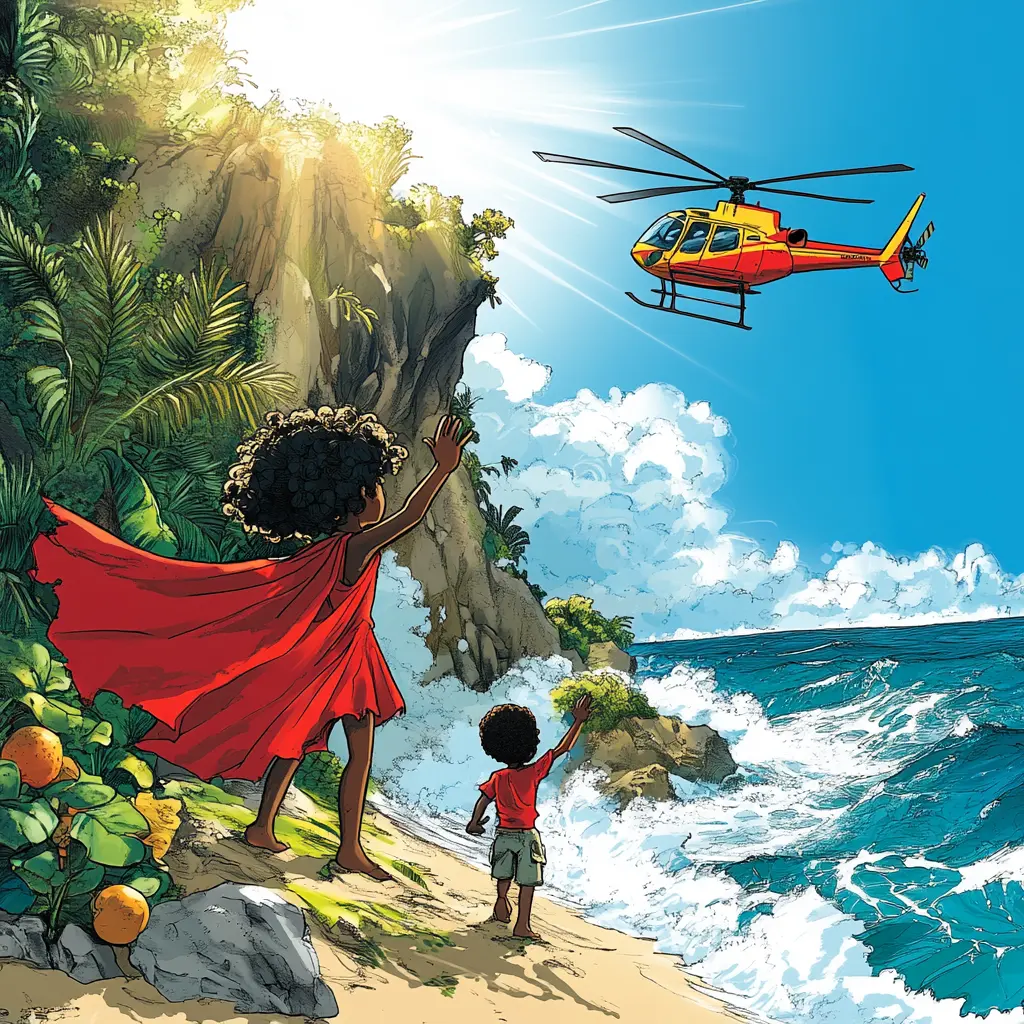You’ve made it to the end of your fiction story—woohoo! 🎉 Now comes one of the most important parts: the ending. The ending is what your readers will remember the most. It’s your last chance to surprise them, move them, or make them think about your story long after they’ve finished reading. That means you want your ending to feel just right—not rushed, not random, but powerful.
So what makes a great ending? Well, a great ending should answer the big question of the story, or at least give us a twist that makes us rethink everything we just read. It should show how your main character has changed or what they’ve learned by the end of their journey. A strong ending also gives us emotion that fits the tone of your story. Maybe it’s hopeful, or heart-wrenching, or mysterious. It leaves behind a lingering thought, a final image or idea that readers will remember. And don’t forget the power of sensory details—what your character sees, hears, feels, smells, or tastes. These details make the final moments of your story feel real. And sometimes, just sometimes, a twist at the end makes everything even more unforgettable.
Let me show you some examples based on different genres—mystery, science fiction, fantasy creatures (no magic), drama, and adventure. I’ll describe the story setup, then walk you through how a great ending might look, with lots of imagery, emotion, and lingering meaning.
Let’s start with a mystery. Imagine a student named Lila investigating the strange disappearance of a teacher. She finds secret messages hidden in old books and eventually discovers a trapdoor beneath the school stage. In the final scene, Lila stands in the empty auditorium, her fingers still trembling from opening the dusty trapdoor. The flashlight in her hand flickers as she looks down into the tunnel below—lined with shelves of old journals, newspaper clippings… and one locked briefcase. Footsteps echo behind her. She turns, expecting the principal, but instead it’s Mrs. Grant—the teacher who was supposed to be missing—smiling in the doorway. “You weren’t supposed to find this,” she says softly. The flashlight clicks off. The final line reads: The truth was never missing. It had just been hidden in plain sight. That’s an ending that brings surprise, tension, and a lingering mystery that leaves you thinking.
Now let’s try a science fiction story. Jalen lives on a space station orbiting Earth, which has been dying. He sends out daily messages, hoping someone on Earth is still alive. In the end, he stares out the window, whispering his last message into the microphone: “If you hear this, we haven’t given up.” He clicks send. Silence follows. But then, a single green light blinks on the surface. One blink. Then another. His throat tightens. “They’re alive,” he whispers, and tears float from his eyes, drifting silently across the room in zero gravity. The station spins slowly as everything changes. The emotional beat is quiet but powerful, and the sensory detail—the floating tears and blinking light—makes the moment vivid.
For a fantasy story, picture Ava, who discovers a hidden valley where lizard-like creatures talk and live by ancient laws. She’s been helping them protect their home from poachers. At the end, the last net burns in the fire while dawn stretches gold over the cliffs. Ava sits beside Thorn, the elder lizard, whose green scales shimmer with dew. “They’ll return,” he says. Ava nods. “And I’ll be ready.” Creatures climb from their caves, singing strange songs as the sun rises. Thorn looks at her. “You are one of us now.” Ava, dirt-streaked and wide-eyed, smiles. The final thought: She had come to protect them. But in the end, they had saved her. It’s a reversal, and it shows Ava’s emotional growth and connection to the world.
In a drama, let’s say Carlos and his best friend Drew had a falling out and haven’t spoken in weeks. Carlos wants to apologize but doesn’t know how. The ending could show Carlos sitting on the curb across from Drew’s house, watching the porch light flicker. His voice shakes as he calls out, “Hey, you still got my comic book?” A shadow moves in the window. Then Drew steps out with the comic, saying nothing. He just nods. Carlos stands. His throat burns, but he smiles. The last line? Sometimes, the first word isn’t ‘sorry.’ It’s just ‘hey.’ That small, emotional moment says everything.
Finally, in an adventure story, imagine Malia and her brother are stranded on an island after a storm. After days of survival, they finally spot a rescue helicopter. The wind whips around them as Malia waves a bright red cloth they made from torn shirts. Her brother shouts, “They see us!” and tears streak down his muddy face. As the ladder drops from the helicopter, Malia glances back at the island—the cave where they slept, the wild mango trees, the crashing waves. She still feels the sunburn on her skin and the salt on her lips. They’re going home. But the final line reminds us: Some places never really let you go. It’s bittersweet and full of emotion.
So, when you write your own ending, think about what feeling you want to leave behind. Do you want your readers to feel relief? Shock? Warmth? Do you want them to picture something powerful or ask themselves a deep question? Try to show your ending through action, imagery, and sensory detail instead of just telling us how it all wraps up.
Your ending is like the final note in a song—it should feel satisfying, memorable, and full of meaning. Take your time with it. You’ve brought your character this far—make sure they leave the story in a way that truly matters.
Jan 30 – Strong Story Endings
Written by: Create Great Stories
April 09, 2025


